Since starting my website in 2014, there’s one question I get the most, and that is “what do I do about showing nude artworks to my students?” Every time I try to write a post about this, I get major writer’s block, so I thought the best way to address it is to cover the nudity question in a Facebook Live.
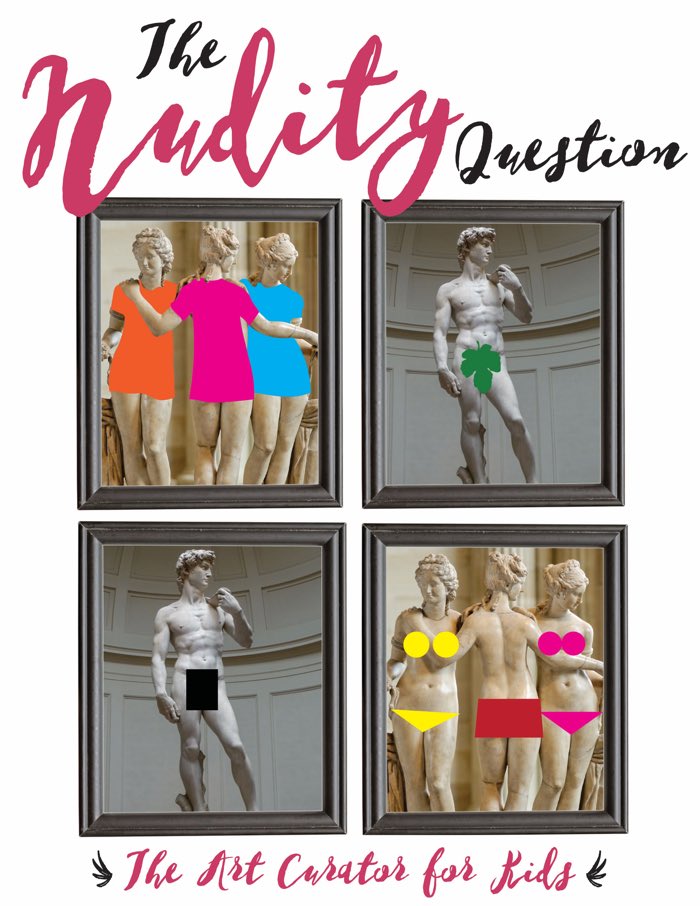
Not all of the Facebook live sessions will make their way onto the website (although all will be stored in the Resource Library), but this one is too important to leave out.
Here is the video from the live session on April 26, 2017 followed by an outline of my notes and resources from the session.
The video goes into much more depth about the topic, but the basic points are covered below!
Why show nude artworks?
Our Western culture is filled with taboo about bodies. We are taught to view bodies as dirty, shameful, and imperfect. Nudity in art is almost always about the power and beauty of the human body. If we make a big deal of out showing nude works to our students, we feed that troublesome beast. We teach our kids that their bodies are something to be ashamed of and something to laugh at.
Bodies are not gross. They are not only for sexual purposes. Bodies are powerful and amazing. If you think about what a body is really capable of, it will really blow your mind. We should celebrate that.
The mantra of the session is “it’s only weird if you make it weird!”
Which grades should view nude artworks?
As an elementary teacher, I would rarely show artworks with nudity to my students (although as a former homeschool mom, I did show nude artworks to my young children with no issues). It’s simply not necessary for their curriculum and not worth the trouble if you can get around it. I think you can show nudity at that age using the strategies below, and I do believe they would benefit from these sorts of discussions early in their lives.
For middle and high, I do not shy away from nude artworks, especially when it comes to the curriculum. For example, if you are teaching about Ancient Greece and Rome, you must include nude artworks to cover the topic effectively. It’s an important part of art history. As long as your artwork selection is meaningful and chosen for academic purposes in the context of your curriculum, I think you are fine.
Strategies to Deal with Student Responses
- Shut it down. My best and most-frequent response is to just flat out shut down any comments by students. With the first giggle or statement, I say “No. We’re not going to do that today.” That’s it. Usually, that is enough to stop my students from going further. If they know they won’t get a rise out of me and they know they can’t perform for their classmates, it’s not worth it to keep it up.
- Educate them. Teach students why nudity is used in art. I bring in examples from Ancient Greece and Michelangelo’s morgue visits. I also tell them about my college drawing classes. I teach them that throughout history, bodies are not shameful things as they are in our culture today.
- Use the right terms. Talk to the students about the terms naked vs nude. If you use the term nude figure instead of naked body, you are using more academic language, and students (and parents) will take that more seriously.
- Talk about censorship. Share articles from current events about censorship and lead a discussion with your students. We discussed this news story as an example.
Creating a Safe Classroom
Ultimately if you create a safe space in your classroom where students trust you and you trust them and if you have a positive rapport with your students, you will have less issues. In the Facebook live, I share one example of a student who was having some issues with the Hindu sculpture we were looking at in class. She could have gotten offended and gone to her parents or admin or something, but she felt safe and comfortable enough to pull me aside and discuss her reservations with me.
Next Week: Cultural Appropriation and Teaching Non-Western Cultures
This Tuesday, May 2, 2017, at 8pm CST, we’ll cover how to sensitively teach art from other cultures. Join me next week and every week on Facebook to talk about teaching and learning from works of art. Have a topic idea? Send it my way, and join my e-mail list for updates. See you on Tuesday on Art Class Curator Facebook Page (be sure to click like so the video pops up in your feed!)!

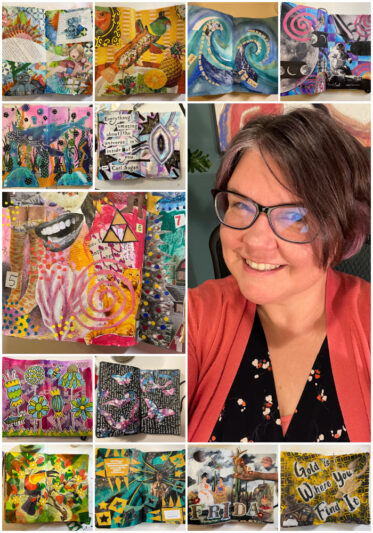
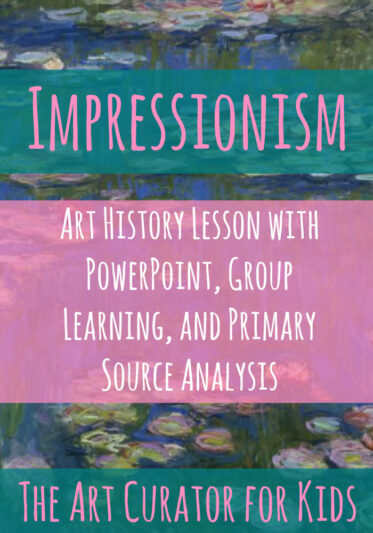
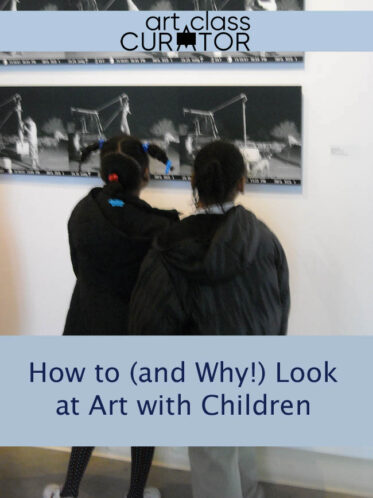
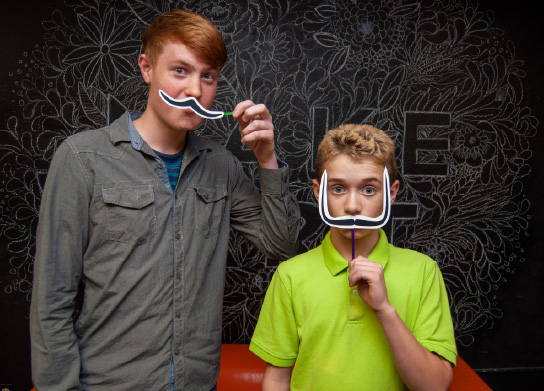
As a student and teacher of history, one thing that fascinates me is where cultural norms and mores originate. You might call it historical anthropology. From what I can tell, the western nudity taboos have their origins in the Gnostic sects of the second century. These taboos did not exist in the early church. Fishermen of the time, including the Apostle Peter, regularly worked in the nude, so as not to spoil their garments (Gospel of John, chapter 21), and baptisms, as a symbol of rebirth, were done with the person being baptized being nude. The Gnostics, however (who were seen as heretics by the mainstream church), taught a doctrine of duality in which the spiritual world was holy, while the physical world was vile and dirty. For this reason, they saw the body as something shameful to be covered. Their doctrines, including this one, didn’t gain traction within the church for many years, although there were certain organizations such as the Templars that secretly followed the teachings of the Gnostics (although not all were opposed to representations of the human body). In the early modern era, some of the offshoots of the Templars gained influence throughout the western world, especially in some of the newly protestant countries and within the Jesuit order of the Catholic church. Since then, those countries with the most influence from these groups have changed the most in adopting the Gnostic teachings of the evil body as part of the larger culture. This explanation is likely not all-consuming, but there were many strong Christians throughout history who rejected the Gnostic teaching of uncleanness of the physical body, including the Apostle John, the Apostle Paul, the early bishops of the Church, Saint Francis of Assissi, and most Renaissance artists (who saw the beauty of the human form as a glorification of God).
An extremely modest people, Jews considered nudity shameful. Biblical scholar John L. McKenzie notes that the Bible sometimes uses the word “naked” to describe a man who is clad only in his undergarment, a tunic that hung to mid-calf. That is not to say, however, that first-century Jews never went unclothed. Ancient art shows Egyptian fishermen working in the nude. McKenzie believes Jewish fisherman on Lake Tiberias probably did likewise. In the Gospel account cited above, Peter would have donned his tunic by tucking it up between his legs and using a belt to hold it in place. This action was called “girding your loins.” It enabled Peter to swim ashore clothed, yet unencumbered.
I think the problem (in at least more recent and contemporary art) is not so much nudity as it is who is often shown nude–the imbalance that is not only a result and an indication of a power imbalance between men and women, but that also exacerbates it. I’m working on a class with a fellow photography instructor right now, and seeing the amount of female nudes in it (nudes created by male and, usually, white photographers) is irritating. I cringe for the female students who will likely have to endure this. Without a serious conversation about the value of showing the human body in all its forms–and not just the “female” and stereotypically “beautiful” ones this male photographer has chosen–female students are forced to either risk disdain or be seen as unsophisticated for speaking up or to stifle their very valid discomfort (including the feeling that fellow male students are getting a kick out of this and even laughing at them).
From what I have read, the consensus in the photography community is that some artists have valid reasons for disseminating nude art that depicts the female form, while some mostly do it for the reasons many suspect: (1) they enjoy looking at beautiful naked women, (2) they get a kick out of seeing women in submissive or provocative poses; (3) related to the last two, and perhaps most pathetic, it’s an easy way to make money (sex sells), (4) they are able to manipulate the female models into performing sexual acts for them. I was impressed to read about a photographer who stopped doing this because, recognizing #3, he didn’t want to be known as a “nude photographer.” I also like/respect the idea of male photographers, especially those who do not have stereotypically beautiful bodies, taking photographs of themselves in the same poses they ask of female nude models. Finally, having a balance between male and female nudes and showing all types of bodies (young (18 and up), old, thin, fat, etc.) in all areas of life but especially in classrooms where we are cultivating young, impressionable minds, might help normalize all nudity. Currently, the overwhelming prevalance of female nudes does the opposite.
For instructors, I think it is always important to consider how the course materials you select will impact all of your students. The greater the power imbalance between a student and you, the more important this becomes (though women also often facilitate patriarchy). Of course, if you are (perhaps stubbornly) clueless to your privilege, you will end up reinforcing the status quo.